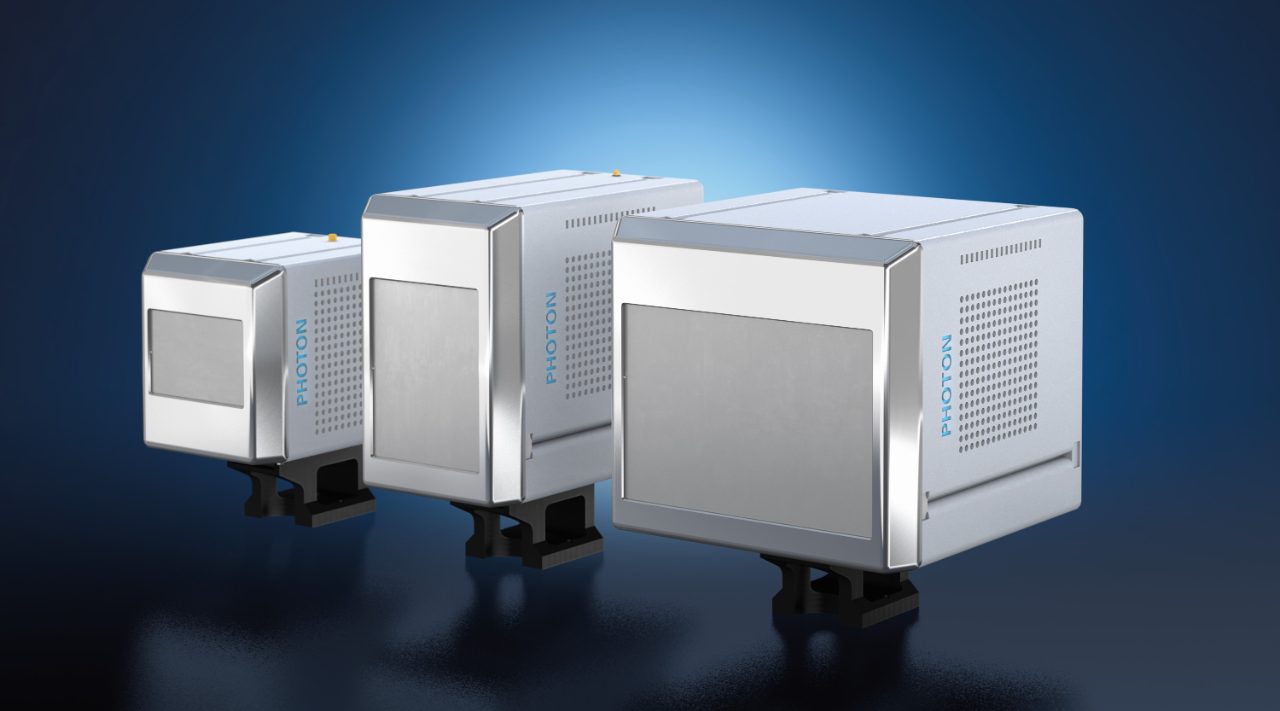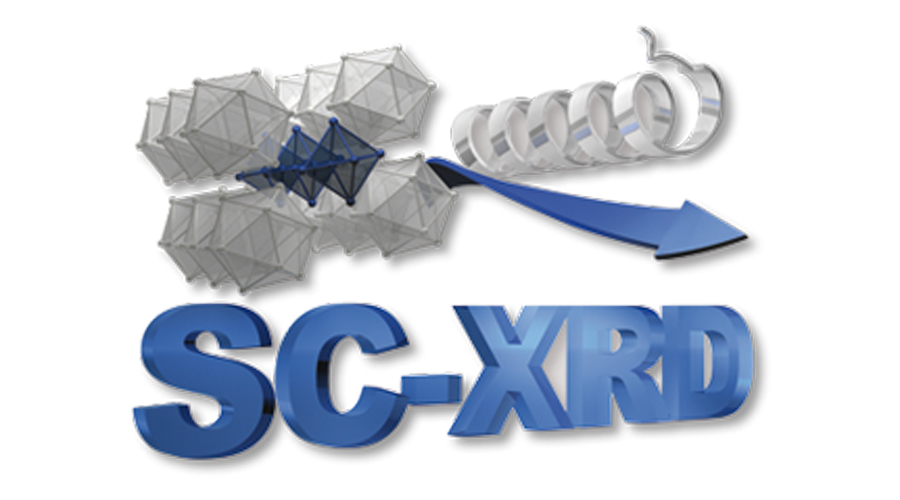Detectors for crystallographic applications require a unique combination of sensitivity, speed, dynamic range, resolution, and detector size. Because at Bruker we don’t believe in a one size-fits-all approach the PHOTON IV series offers SC-XRD (single crystal XRD) detectors in different sizes. With the PHOTON IV detectors you can take full advantage of very-high-flux X-ray sources.
All our detectors for single crystal X-ray diffraction feature our unique air-cooled design, which gives you ultimate convenience and reliability, backed by our unmatched three-year detector warranty.
PHOTON IV Series Detectors for Unrivaled Data Quality
The new PHOTON IV detector represents a significant milestone in X-ray detector technology. It is the choice for researchers and professionals in crystallography who require accurate, precise, and reliable detection of X-ray diffraction signals for their crystallographic analysis. The PHOTON IV features a large active area, unprecedented sensitivity, and a high dynamic range, all achieved by utilizing the best scientific-grade CMOS active pixel sensors available.
- Using proven principles of indirect detection along with a sensor with an ultra-low noise floor, the PHOTON IV elevates X-ray diffraction to a new level of precision and accuracy, all while offering ease of use and reliability.
- Enhanced Dynamic Range allows for the simultaneous measurement of strong and weak reflections in the same image.
- Superior High Frame Rate: even more accurate detection of weak and strong reflections.
- Superb Count Rate Linearity: Data measured on the PHOTON IV are ultimately accurate, critical for highly demanding applications.
- Best Efficiency for All Wavelengths (In, Ag, Mo, Ga, Cu) and All Applications.
- Not a single photon lost: large monolithic sensor, no gaps, no blind spots.
Available in D8 QUEST ECO, D8 QUEST and D8 VENTURE our fourth-generation PHOTON detector brings a whole series of features and benefits compared to established detectors.
With its higher dynamic range, improved frame rate, minimal dark current, enhanced cooling system, high sensitivity, and superior linearity, the PHOTON IV detector offers unparalleled performance and reliability in SC-XRD. These advancements make it an invaluable tool for researchers and professionals who demand the highest quality data and operational efficiency.
Large Active Area for Precise X-Ray Diffraction
The PHOTON IV detector is available with large active area in two versions tailored to your specific application needs. The PHOTON IV 8 has an active area of 111 × 72 and the PHOTON IV 16 features an active area of 111 × 145 mm2.
The PHOTON IV detector brings X-ray diffraction to the next level of precision and accuracy combined with ease of use and reliability.
Mixed-Mode Detection: Accuracy at Every Photon Level
Unlock the full potential of X-ray detection with mixed-mode technology, which combines photon-counting and integrating modes for unmatched sensitivity, dynamic range, and speed.
Our advanced detectors excel at capturing faint signals with photon counting, while also efficiently handling intense exposures in integration mode. Experience crystal-clear results with accuracy, precision, and efficiency. Enhance your research and diffraction capabilities with the next generation of X-ray detection.
PHOTON IV 8
Resources: Bruker's Single Crystal XRD Detectors
Brochures, Case Studies & Product Sheets
Technical Notes & Applications Notes
- X-ray Detectors for Home Laboratory Macromolecular Crystallography: Does Size Matter?
- Good, Better, Best: Photon Counting, Integration and Mixed-mode Detection
- Advanced Large Area Indirect X-ray Detectors
- Charge Sharing in Pixel Array Detectors: Origins, Impact on Data Quality and Solutions
- New Developments in Pixel Array Technology: Hybrid Photon Counting and Charge-Integrating Pixel Detectors
Service & Support
- Helpdesk for technical issues with hardware, software, and applications support using web based and advanced remote service tools.
- LabScape Maintenance Service Agreements
- On-site, on-demand support
- Installation and operational qualification as well as performance verification
- Site planning, relocation, and consultation
- Replacement and spare parts, consumables, and in-person and online training
- Software updates, manuals, and LabScape MSA management (↗brukersupport.com)


